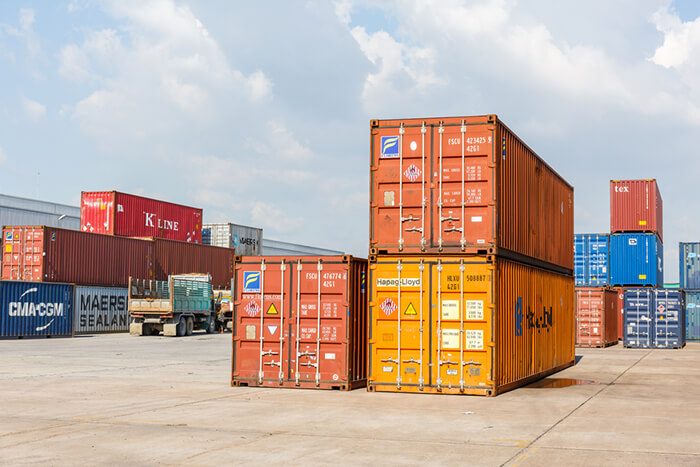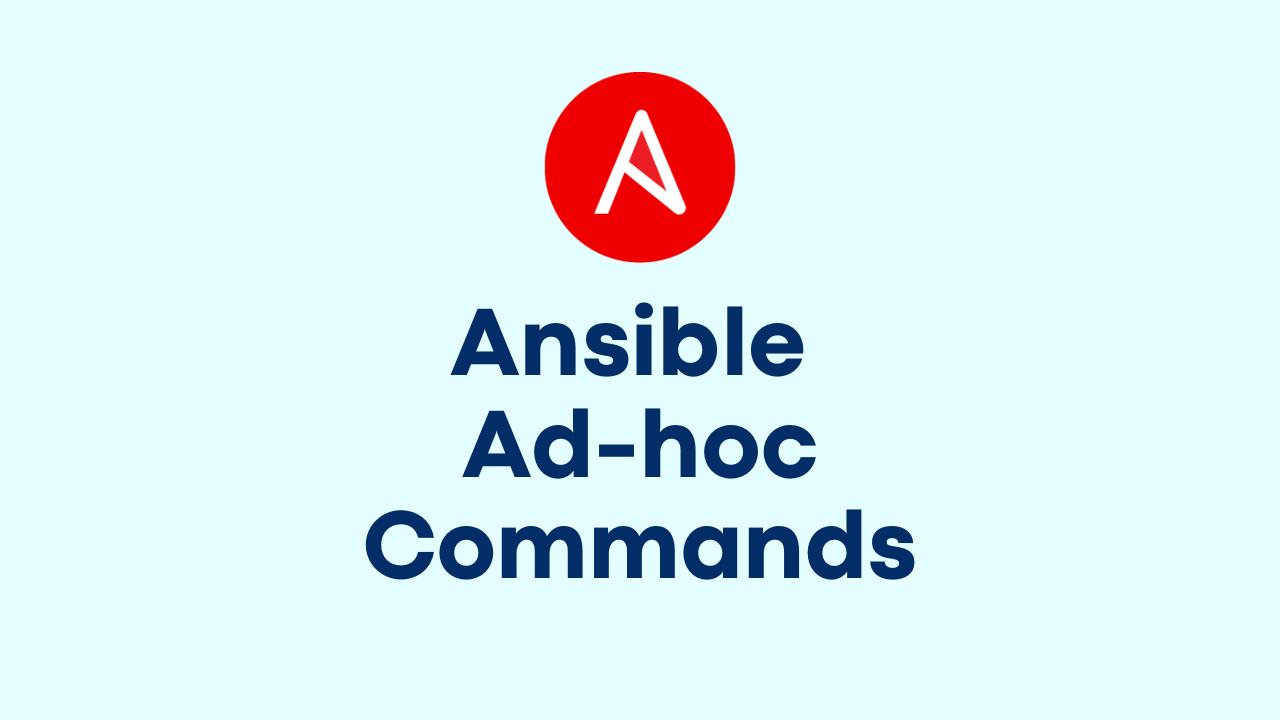How to Create, Increase or Decrease Project Quota in OpenShift
-
 Gineesh Madapparambath
Gineesh Madapparambath
- Automation, Cloud, Infrastructre & hardware
- November 1, 2018

Usually we name the quota with its specifications and not a good idea to edit this existing quota. Standard practice is to remove/delete the quota for the project and recreate new quota with new values.
Note : You must set quota together with limit.
Check current quota
# oc get quota -n myproject
NAME AGE
proj-quota-8gi 284d
# oc describe quota proj-quota-8gi -n myproject
Name: proj-quota-8gi
Namespace: myproject
Resource Used Hard
-------- ---- ----
requests.cpu 4726m 5400m
requests.memory 7000Mi 8Gi
Delete the Quota
WARNING : mention project namespace to avoid any accidental quota delete.
# oc delete quota proj-quota-32gi -n myproject
Create new Quota Template
This is the template file where we mention the memory and CPU quota details.
# cat proj-quota-32Gi_no_limit.yaml
apiVersion: v1
kind: ResourceQuota
metadata:
creationTimestamp: null
name: proj-quota-32gi
spec:
hard:
requests.cpu: 19200m
requests.memory: 32Gi
Create new Quota from Template
# oc create -f proj-quota-32Gi_no_limit.yaml -n PROJECT_NAME
Verify new Quota
# oc get quota -n myproject
NAME AGE
proj-quota-32gi 1d
# oc describe quota proj-quota-32gi -n myproject
Name: proj-quota-32gi
Namespace: myproject
Resource Used Hard
-------- ---- ----
requests.cpu 5513m 19200m
requests.memory 10724Mi 32Gi
]# oc describe project myproject |grep Quota -A5
Quota:
Name: proj-quota-32gi
Resource Used Hard
-------- ---- ----
requests.cpu 5513m 19200m
requests.memory 10724Mi 32Gi
That’s it.

Gineesh Madapparambath
Gineesh Madapparambath is the founder of techbeatly. He is the co-author of The Kubernetes Bible, Second Edition and the author of Ansible for Real Life Automation. He has worked as a Systems Engineer, Automation Specialist, and content author. His primary focus is on Ansible Automation, Containerisation (OpenShift & Kubernetes), and Infrastructure as Code (Terraform). (Read more: iamgini.com)
Note
Disclaimer: The views expressed and the content shared in all published articles on this website are solely those of the respective authors, and they do not necessarily reflect the views of the author’s employer or the techbeatly platform. We strive to ensure the accuracy and validity of the content published on our website. However, we cannot guarantee the absolute correctness or completeness of the information provided. It is the responsibility of the readers and users of this website to verify the accuracy and appropriateness of any information or opinions expressed within the articles. If you come across any content that you believe to be incorrect or invalid, please contact us immediately so that we can address the issue promptly.
Tags :
- Automation
- Cloud
- Infrastructre & hardware
- Open shift
- How to create project quota in openshift
- How to decrease project quota in openshift
- Increase openshift quota
- Increase or decrease project quota in open shift
- Increase project quota
- Ocp
- Openshift container platform
- Openshift origin
- Openshift quota
- Redhat open shift
